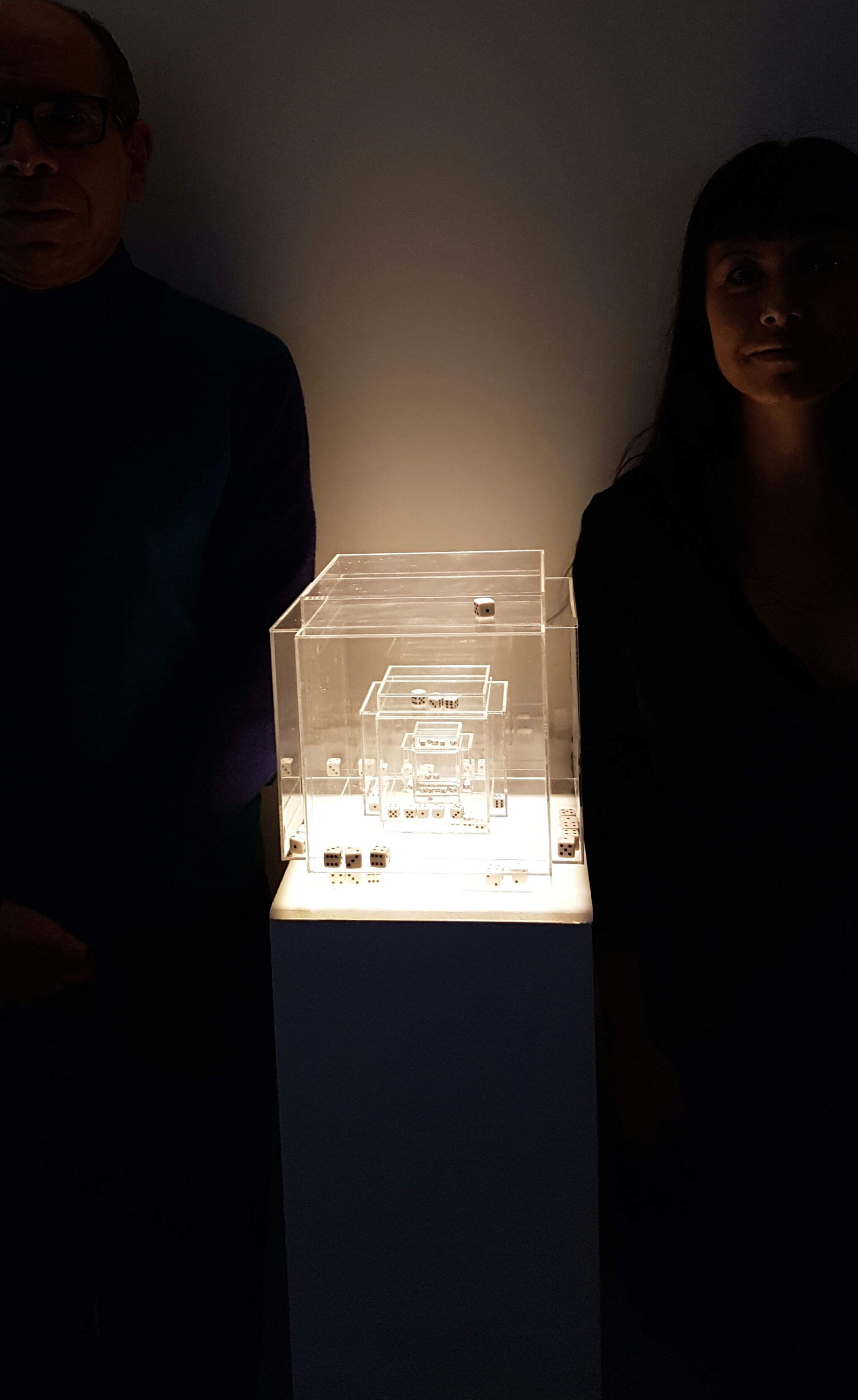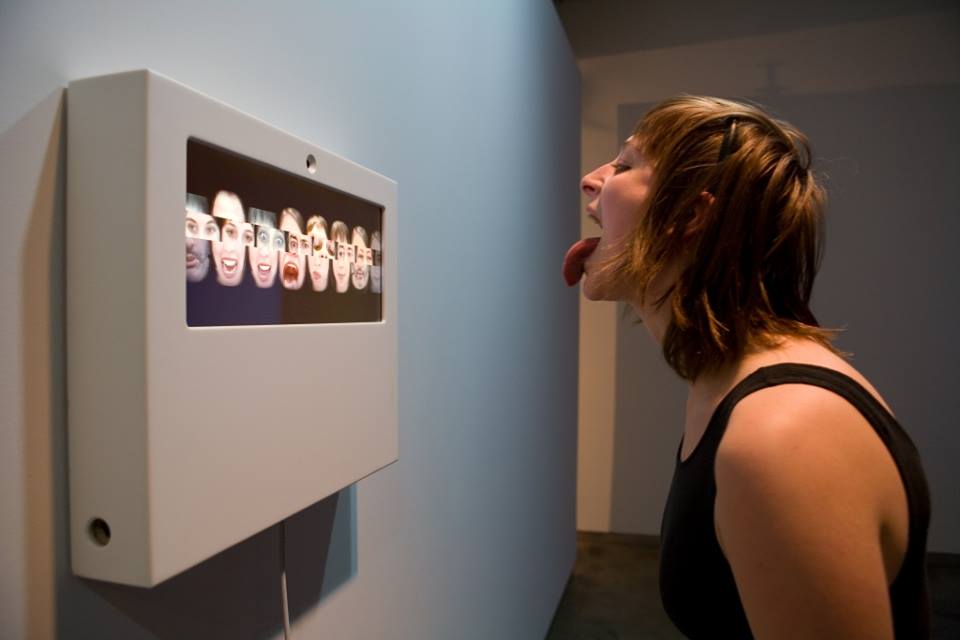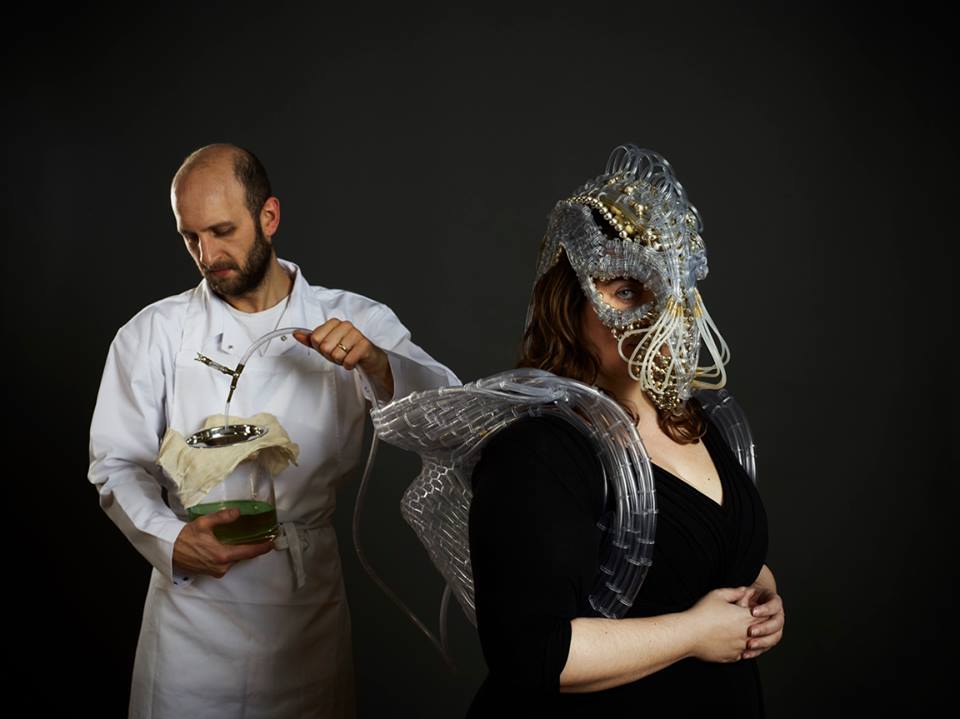
Ricardo Barreto and Raquel Fukuda
Gilles Deleuze about the Ideal Game: we are surprised when he postulates as the first rule: “there is no rule”. Soon, all the other games that have some rule are, for him, partial. That is, products of the ideal game.
A game where there are no rules implies a completely free game creatively. The question to be raised is whether there is a grey region between the ideal game and the partial games, so that the rules established in the partial games could be suspended. This way we could unpartialise the games bringing them closer to the ideal game or some kind of almost ideal game.
If we take the rules of any game, it means it stops to work immediately, except in the ideal game. Therefore, the key question is: how to suspend the rule of a game (Dice games) so that it can continue to work?


